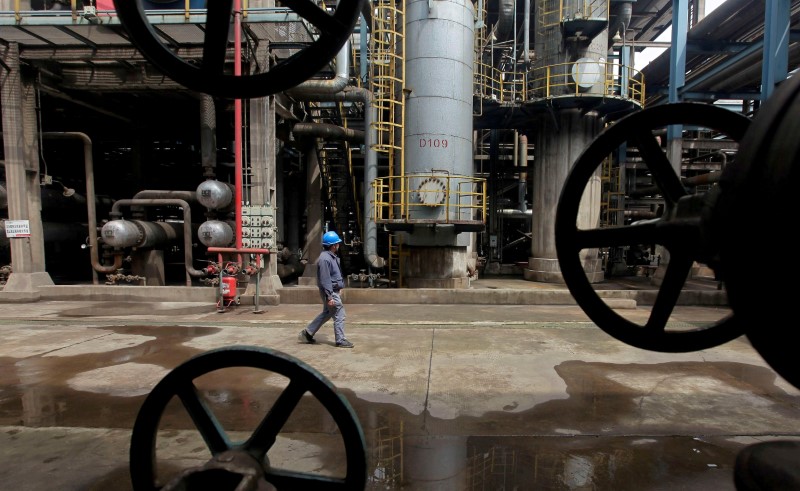By Gina Lee
Investing.com – Oil was down Monday morning in Asia but remained little changed even as increasing numbers of COVID-19 cases globally continue to cloud the fuel demand outlook.
Brent oil futures fell 1.16% to $72.59 by 1:31 AM ET (5:31 AM GMT) after rolling over to the Oct. 21 contract on Jul. 25, 2021. WTI futures slid 1.25% to $71.17.
“We saw an overreaction in the market last Monday, and like all other technical corrections so far oil’s downturn has typically proven short lived... bargain hunters came in droves when Brent got below $70 and the economic demand for energy looks robust,” OCBC Bank economist Howie Lee told CNBC.
However, rising numbers of COVID-19 cases involving the Delta variant have prompted countries such as Thailand and Vietnam to impose curfews, while the possibility of tougher restrictions for those unvaccinated has been floated in Germany.
U.S. White House medical advisor Anthony Fauci also warned that the nation is moving in the “wrong direction” in dealing with its latest wave of COVID-19 cases.
China, a major crude importer, is dealing with increasing number of COVID-19 cases alongside recent severe flooding in parts of the country. Beijing is also cracking down on the misuse of import quotas, which, combined with higher crude prices, could see China’s growth in oil imports sink to the lowest in two decades in 2021. However, refining rates are expected to rise in the second half of 2021.
The latest surge in COVID-19 cases coincide with and expected surge in supply from the Organization of the Petroleum Exporting Countries and their allies (OPEC+) starting in August. This could mean a tightening market and choppy waters ahead for the black liquid.
However, talks to revive a 2015 nuclear deal that could add Iranian supplies back to the market have been postponed to August. The U.S. is also considering cracking down on Iranian oil sales to China in preparation for the possibility that the talks will not materialize, or that Iran will take a hard stance if they do.
Meanwhile, U.S. oil rigs rose by seven to 387 during the previous week, their highest since April 2020, Baker Hughes Co. said on Friday.
